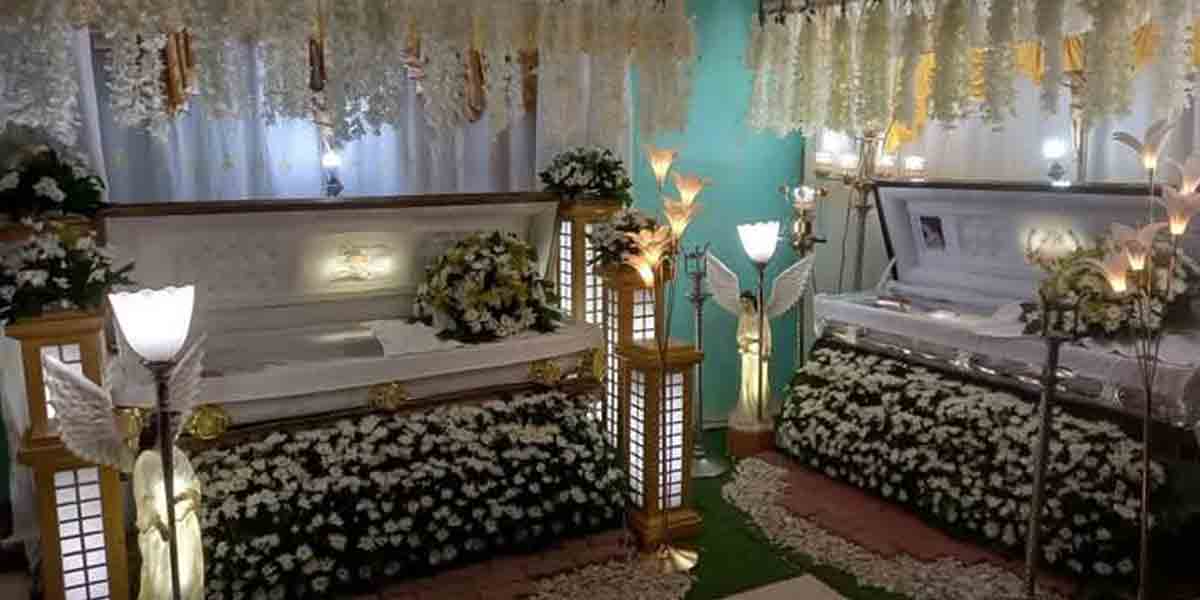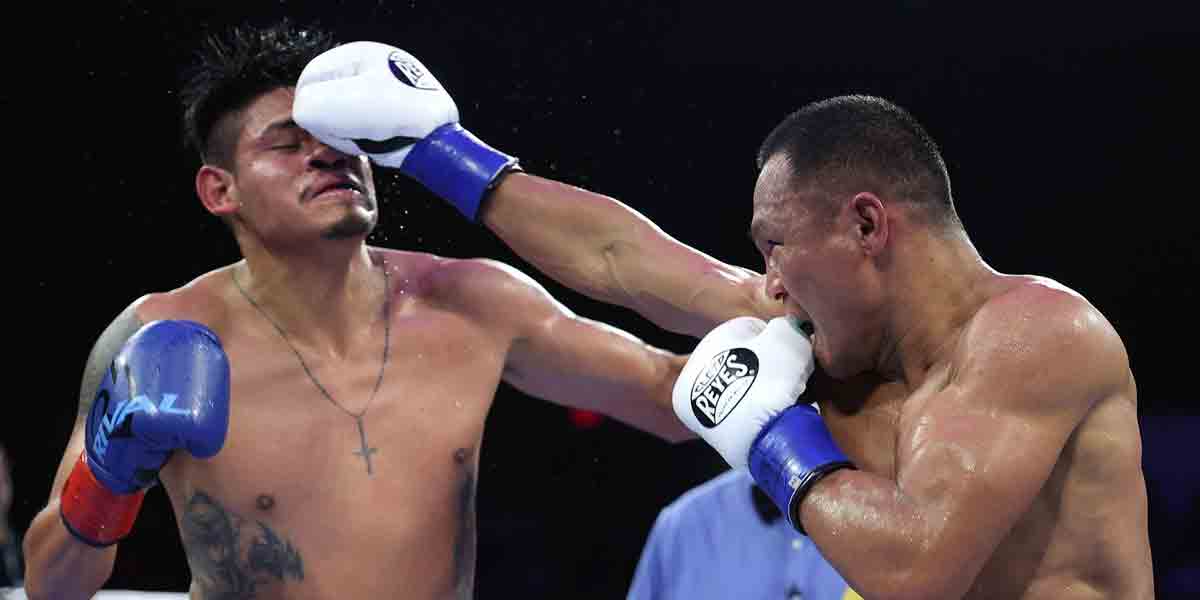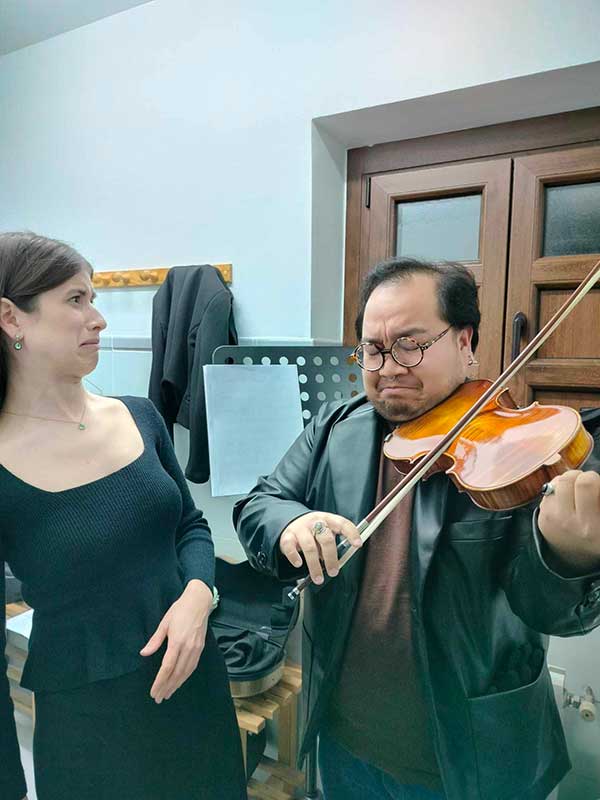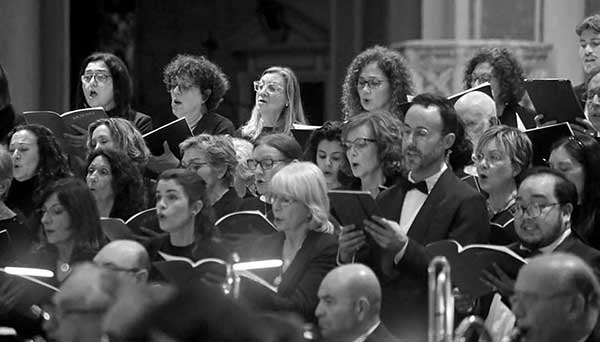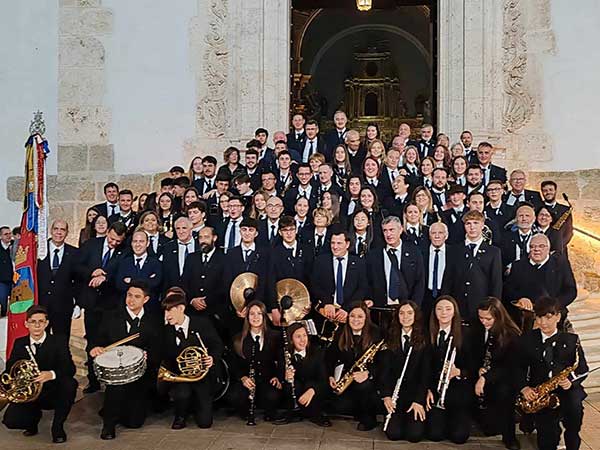By Miguel Antonio Davao
As someone whose lot in life has been somewhat unpredictable, I’ve been trying to convince myself of believing in “the perfect time”, or timing. Never have I strongly believed in perfect timing stronger than having moved to Spain last year.
However, life has never been so good as to afford me with the pleasures of great music, great venues, and even greater companions. I met friends the first week that I moved to Banyeres de Mariola, a quaint little town on the border of Alicante and Valencia. It’s mostly an industrial town now, but its history, like most of the pueblos in this country, is rich and vibrant as it was when first established around 800 years ago.
I was inspired to write this article because of a chain of life-changing events: I got to see a childhood hero perform live; not that it was the first time I got to see someone significant perform live music. Last November, I witnessed the superb countertenor Philippe Jaroussky perform at Valencia’s Palau de Les Arts (Palace of the Arts). It took my breath away to hear my childhood echo through the hall: it was a trip down memory lane.
Jaroussky still had the same physique as he had, but one noticed the silver hair above his handsome face. When he sang the recitativo and aria from Hasse’s Demofoonte, one is held in the spell of timelessness.
Only when he sang Vivaldi’s Vedro con mio Diletto that one realised that he’s singing it at a lower key. I happily invite you to go to YouTube and check it out: be ready to be transported to a world of beauty and peace. If you feel sleepy, then the music was intended to be such. If you feel relaxed, then I say “Bravo!” Allow it to take you and fill your senses: abandon reason momentarily.
My musical journey continued to Leon, north of Madrid. In early December where I met Simone, a long-time online friend and Fratello, as we fondly call each other. Simone Pirri is not just a kind and handsome face, but an amazing violinist as well. One evening, joining the Ensemble Diderot, they played works by Renaissance and early Baroque composers, among them Gabrieli, Fontana, Schmelzer, Fux, Purcell, and Marini. They even played that nightmare of every cellist and violinist plagued by its “rock” version: not to sound like a purist, but you really must stop asking us to play Pachalbel’s Canon and Gigue in D Major.
Two pieces that especially caught my attention were Marini’s Sonata in Ecco and Torelli’s Sonata a 3 violini. To start, the Torelli was such a delight as it seemed to tease us the listeners with an exchange of subtleties and rapid notes after each pause. The Marini was just showing off the genius of the Baroque composers on how they could write interesting ideas into their music making it not only an audio sensory experience, but a somewhat theatrical one too.
Still, the performance that triggered this need to write everything was the piano-and-violin concert of Leonidas Kavakos and Enrico Pace. What a pair! To sit there, torpid, senses numbed, one’s core stripped bare and vulnerable, like a freshly moulted creature from the earth’s depths as it slithers onto the surface even as their music flows through the audience.
It is no exaggeration what I write here. There was Ravel’s Posthume, swelling and deflating like the ebbing tide, ending on soft whisper-like whistling of its harmonics. The Poulenc sonata was the exact opposite: sharp and electric, like lightning on a night sky, it starts with a strong pizzicato, followed by an ascending flurry of double-stops. Seamless were the transitions between movements and most haunting were the last four bars: eerie like the ghost of memories that stay with you. Thus ends the first half.
The second half began with the Debussy violin sonata: Pace opened with the G minor chord on the piano and was followed by Kavakos on the violin. This sonata has always reminded me of a spiritual journey, where the persona of the story searches within and out for the answer to some deep mystery. He is enlightened yet despairs at the realisation that the journey is both beautiful and filled with horrors.
Ending the programme was the Franck sonata: discerning audience often said that this piece was the most famous thing he wrote. The execution of the piece was just as brilliant as the musicians could perform it, its finale signalled by the long trill ending in a high, then ultimately, a low A (la). In response, the entire hall erupted in a roar of applause.
The musicians came back twice to perform two encore pieces: Kreisler’s arrangement of de Falla’s Danse Espagnole and Granados’ Andaluza. We left that venue stunned and amazed at what we just experienced: a truly amazing evening of pure ecstasy and delight.
So here I am asking myself “How do you even recover from the end of such a beautiful thing?”
[Mr. Davao is an Ilonggo violinist currently residing – and enjoying the music scene – in Spain.]

